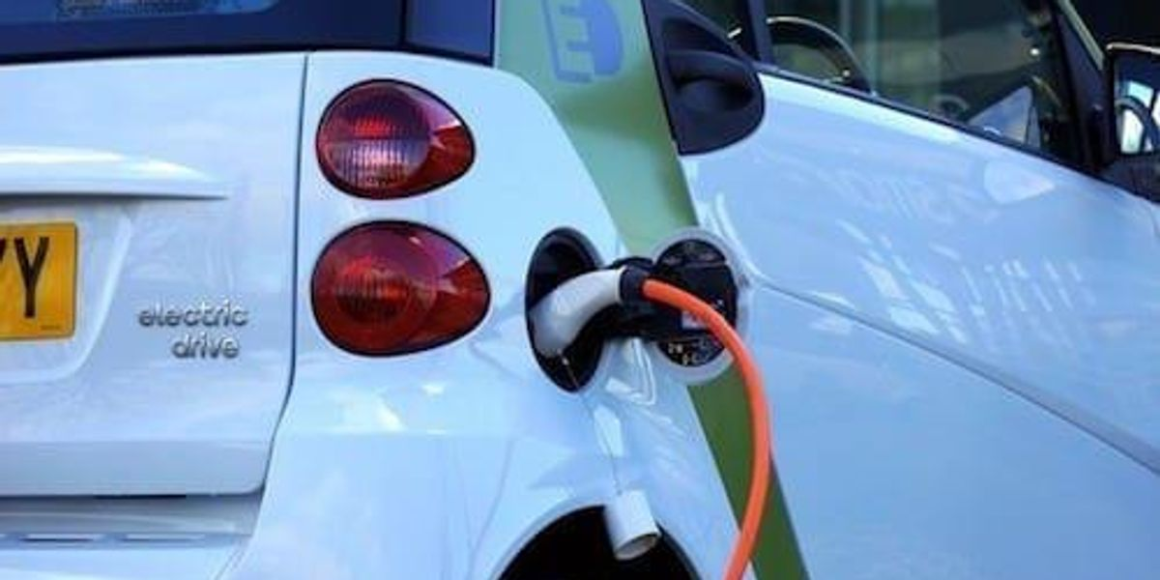This is having a serious impact on prices. If the EV industry wants to overtake the internal combustion engine (ICE) sector, it will need to manage material prices by curbing supply imbalances. Advancement in battery recycling technology may be the answer.
This increased demand has only been made possible by the cost of EVs nearly reaching parity with that of ICEs. This equalization has been due in large part to lowering lithium-ion battery costs. More widespread adoption of the EV depends upon battery costs coming down even further.
A lower cost lithium-ion battery requires lower cost materials. Today, the battery’s most expensive component is the cathode, and cobalt and nickel together account for about 80 percent of that cost. Cobalt prices in particular are at 10-year highs in light of rising demand for EV batteries coupled with supply constraints.
The cobalt supply imbalance is causing battery manufacturers to look for more cost-effective chemical compositions that rely less on cobalt and more on nickel. However, such technology is years away and may not even be possible.
In order for EV sales to overtake the market from fossil-fuel powered vehicles, the industry will have to find a sustainable way to get prices for critical materials like cobalt and nickel under control. Battery recycling is one of the proposals being put forward to curb the supply imbalance on the horizon.
Battery recycling may soon become a more cost-effective source of materials compared with the cost of mining new materials. More cost reductions can be made by recycling materials like cobalt and nickel directly from spent batteries onsite at battery manufacturing facilities. Recycled cathode metals would also have a much smaller footprint than a traditional mining operation. “Spent lithium-ion batteries are considered hazardous waste, so it is highly expensive to ship spent batteries. Having smaller localized recycling plants would be more cost effective,” Norman Chow, founder and president of Kemetco Research, one of the Canada’s largest private contract R&D firms, told the Investing News Network.
During laboratory-scale testing, Kemetco and RecycLiCo successfully recovered 100 percent of the lithium, cobalt, nickel, manganese and aluminum materials by recycling cathode materials in the four most widely used cathode compositions, including lithium-cobalt-oxide (LCO), lithium-manganese-oxide (LMO), nickel-manganese-cobalt (NMC) and nickel-cobalt-aluminum (NCA) batteries. More importantly, the technology was able to reformulate all four of these cathode chemistries from the recycled materials.
Today, there are only a handful of companies that have the technology and capacity to recycle cathode materials from lithium-ion batteries. The issue of capacity is one of the major challenges to battery recycling becoming a viable source for future EV battery materials, but one that can be addressed. “Recycling is difficult for the battery industry, but this is the only way to keep nickel and cobalt at a reasonable amount where the industry can afford to buy,” said Iasnikov.
Such legislation may push the industry to look for more efficient and cost-effective battery recycling technology than the current shredding or smelting methods, which are highly inefficient and far from economical.


Leave a Reply